Fruits are an essential part of global agricultural trade, and among them, melons — particularly honeydew melons — enjoy a strong presence in markets worldwide. Honeydew melons, known for their smooth rind, pale green flesh, and sweet, refreshing flavor, are especially popular in the summer months. But have you ever wondered which country leads the world in exporting these succulent fruits?
In this comprehensive article, we’ll uncover the world’s largest honeydew melon exporter, explore the reasons behind its dominance, review global trade statistics, and examine the evolving trends in the international honeydew market.
What Are Honeydew Melons?

Honeydew melons belong to the Cucumis melo species and are a part of the Inodorus group, known for their smooth, waxy rinds and non-musky aroma. Unlike cantaloupes, honeydew melons have a subtle sweetness and are prized for their high water content, making them a favorite for hydration and summer recipes like fruit salads, smoothies, and chilled desserts.
- Nutritional benefits: High in vitamin C, potassium, and fiber, honeydew melons are not just tasty but also a health-conscious choice.
- Growing conditions: These melons thrive in warm, sunny climates with well-drained soils and require about 80-100 days to mature.
With global demand for fresh, healthy, and exotic fruits on the rise, honeydew melons have become a valuable commodity in international produce trade.
Which Country Exports the Most Honeydew Melons?
Based on the most recent international trade data, Spain is the largest exporter of melons excluding watermelons, a category that includes honeydew melons.
2023 Key Export Figures:
- Spain’s melon export value: Around US $315 million
- Global share: Approximately 21.4% of total global melon exports (excluding watermelons)
- Primary export destinations: Germany, United Kingdom, France, Netherlands, Portugal
Although trade data often combines honeydew melons with other types of melons like cantaloupes and Galia melons under the same tariff codes (HS code 080719), Spain remains the undisputed leader when it comes to European and global exports of premium-quality honeydews.
Why Spain Leads the Honeydew Melon Export Market
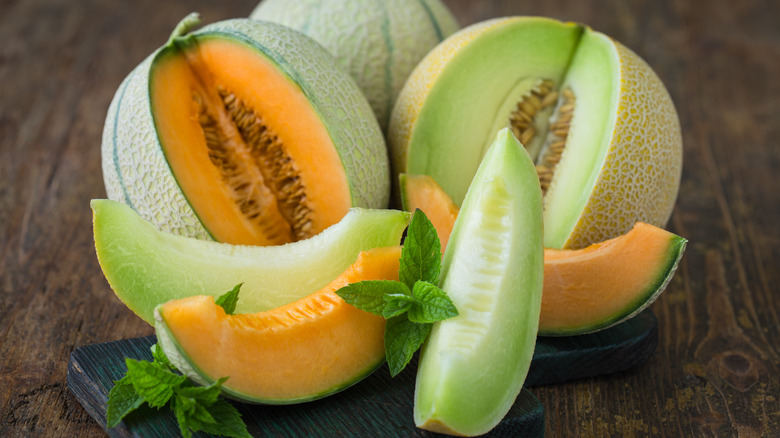
Spain’s success as a melon exporter isn’t accidental — it’s a result of its unique advantages and strategic agricultural practices:
Mediterranean Climate
The regions of Murcia, Almería, and Valencia provide perfect conditions for melon farming with warm, dry summers and mild winters, ensuring high yields and excellent fruit quality.
Modern Agricultural Techniques
Spain’s farmers have invested heavily in:
- Greenhouse cultivation
- Drip irrigation systems
- Sustainable pest management
- Research into high-yield and disease-resistant varieties
This has allowed Spain to maintain high productivity while adhering to European Union environmental standards.
Proximity to Key Markets
Spain’s geographical closeness to major European consumer markets like Germany, France, the UK, and the Netherlands means shorter transit times and fresher produce deliveries.
Established Export Infrastructure
With well-developed cold-chain logistics and efficient port systems, Spain can reliably export large volumes of honeydew melons during peak seasons and beyond.
Other Major Honeydew Melon Exporters
While Spain holds the top spot, other countries also contribute significantly to the international honeydew trade:
| Rank | Country | Export Value (2023) | Global Market Share |
|---|---|---|---|
| 1 | Spain | $315 million | 21.4% |
| 2 | Brazil | $189 million | 12.8% |
| 3 | Guatemala | $174 million | 11.8% |
| 4 | Netherlands | $168 million | 11.4% |
| 5 | United States | $141 million | 9.5% |
| 6 | China | $130 million | 8.8% |
| 7 | Mexico | $121 million | 8.2% |
Brazil and Guatemala are key suppliers to the United States and Northern Europe, especially during the winter and spring seasons when Spain’s production dips. The Netherlands primarily functions as a re-export hub, receiving melons from around the world and distributing them across Europe.
Where Do All These Honeydews Go?
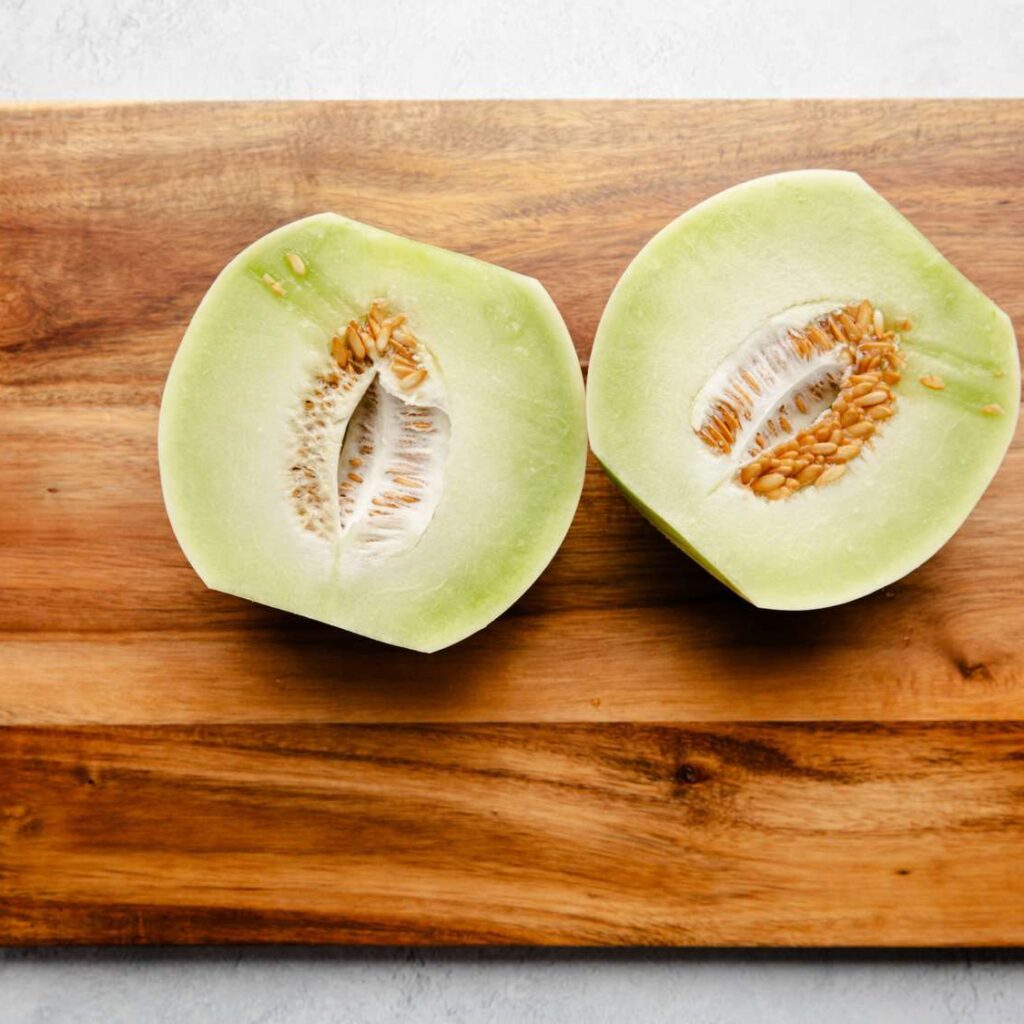
The largest honeydew melon importing countries include:
- United States
- Germany
- United Kingdom
- France
- Netherlands
- Canada
- Japan
These countries have strong consumer demand for melons, driven by health trends and increasing preference for fresh, hydrating fruits.
Volume vs. Value: Price Dynamics
Interestingly, while Spain leads by value, other countries like Guatemala often export larger volumes at lower prices per kilogram. Spain’s premium honeydew varieties and faster delivery times command higher prices in European markets.
- Spain’s average price: ~€0.90/kg
- Guatemala’s average price: ~€0.50/kg
This price difference reflects variations in fruit quality, transit distance, and market demand.
Seasonal Trade Patterns

The global honeydew trade operates on a complementary seasonal basis:
- Spain’s harvest season: May to August
- Brazil, Guatemala, and Mexico: September to March (supplying Northern Hemisphere winter markets)
- Australia and South Africa: Provide for Asia and Europe during spring and autumn transitions
This continuous supply cycle ensures year-round availability of honeydew melons in global markets.
Trends Shaping the Honeydew Export Market
Several key trends are influencing the future of the honeydew trade:
Sustainability
Environmental concerns are prompting producers to adopt water-saving irrigation techniques, organic farming, and eco-friendly packaging to meet both regulatory and consumer expectations.
Expansion into Emerging Markets
Countries like China, India, and the Middle East are experiencing rapid increases in honeydew consumption, providing new opportunities for exporters.
Growth of Online Grocery Retail
The rise of e-commerce grocery platforms has made it easier for consumers to access exotic fruits like honeydews, boosting demand for high-quality, export-grade produce.
Climate Change Challenges
Unpredictable weather patterns are affecting harvest schedules and crop yields. Major exporters are investing in greenhouse cultivation and resilient seed varieties to counter these challenges.
Future Outlook

The global market for honeydew melons is expected to continue growing, driven by:
- Rising health awareness
- Growing middle-class consumer bases in Asia and the Middle East
- Increasing demand for fresh, exotic, and nutritious produce year-round
Spain, with its established reputation, modern farming techniques, and strategic location, is well-positioned to maintain its leadership. However, emerging exporters like Egypt, Peru, and Morocco could pose competition as they expand their production and improve logistics.
Conclusion
To summarize:
- Spain is currently the world’s largest honeydew melon exporter, contributing around 21.4% of global melon exports (excluding watermelons) in 2023.
- Spain’s leadership is driven by its ideal Mediterranean climate, advanced agricultural technology, and proximity to major European markets.
- While Brazil, Guatemala, and Mexico are important seasonal suppliers, Spain consistently dominates the European summer market.
- The honeydew melon trade continues to evolve, shaped by sustainability, expanding global markets, and climate adaptation strategies.
With rising international demand and new markets opening up, honeydew melons will remain a key player in global fresh produce trade — and Spain is likely to hold its crown for years to come.

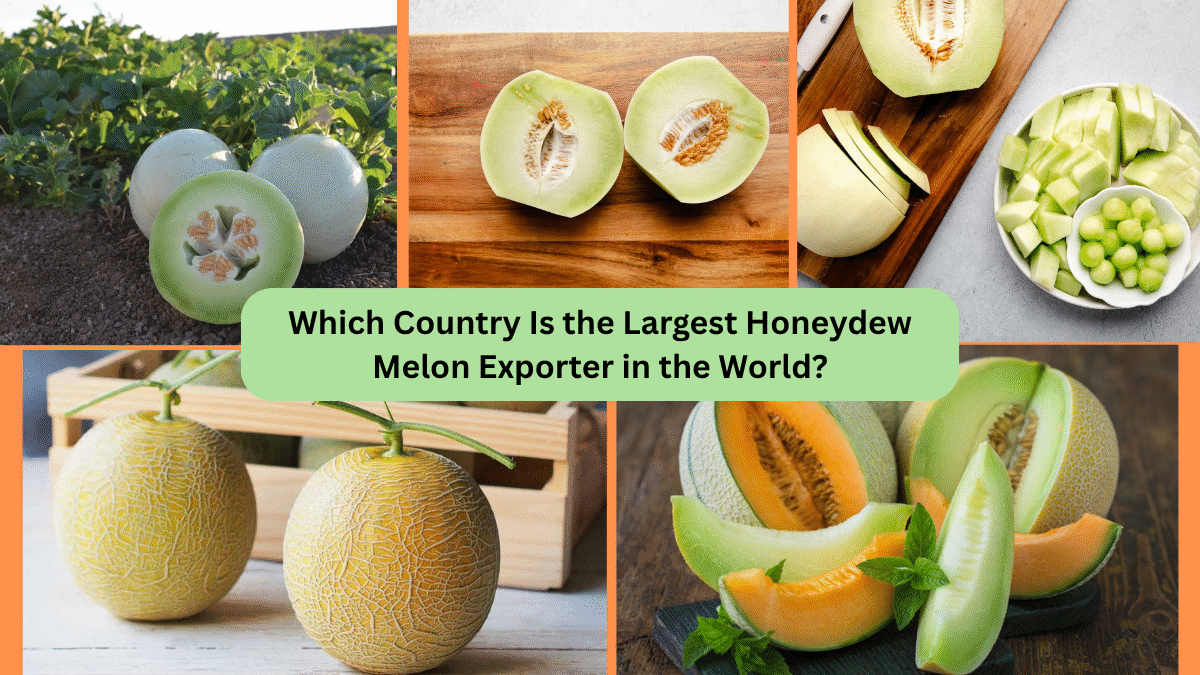

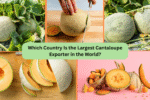
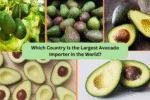
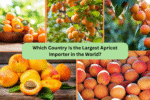
Leave A Comment